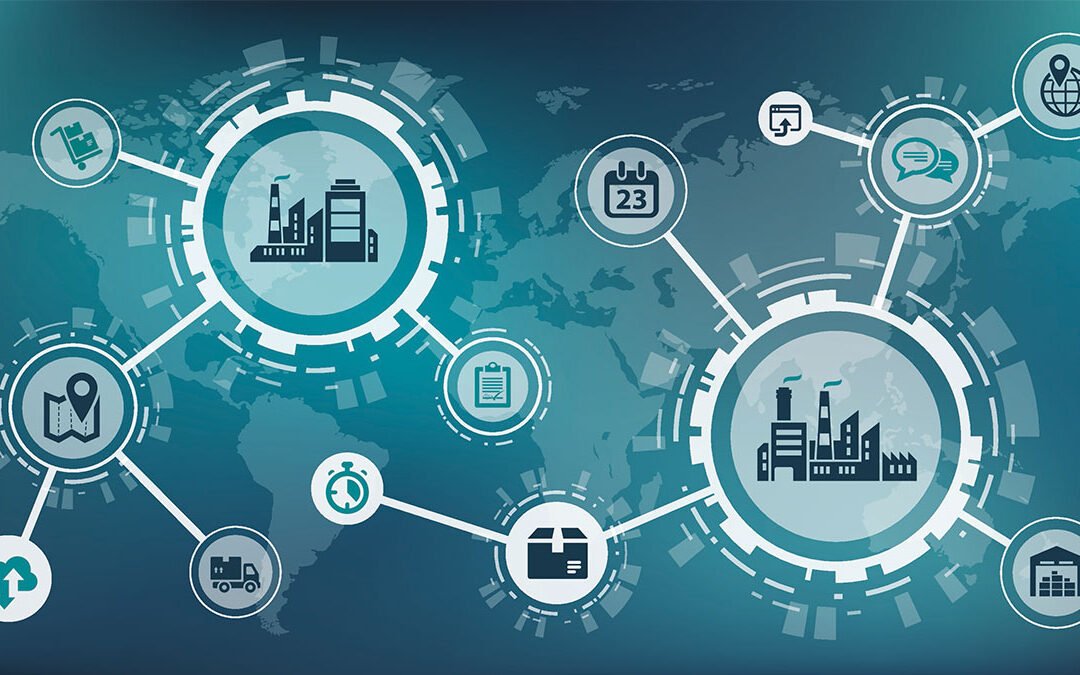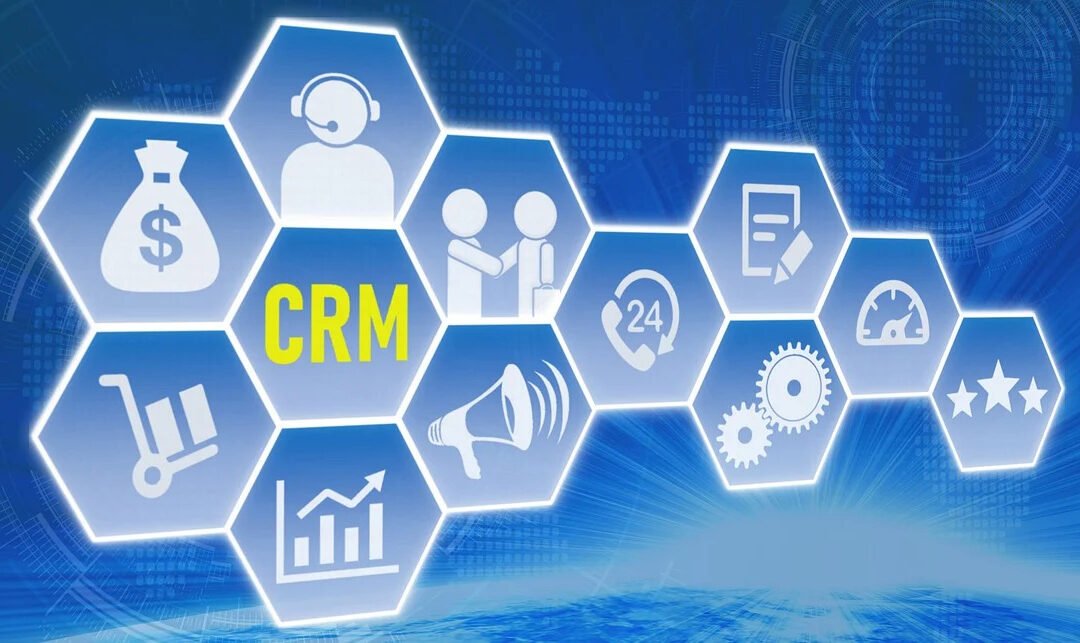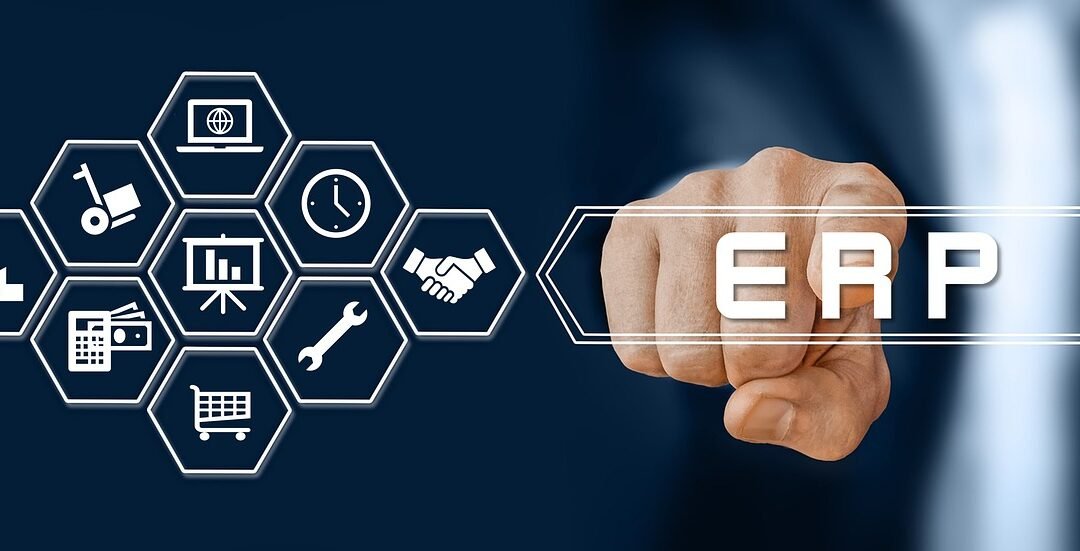SCM stands for Supply Chain Management. It is a set of practices and processes...

What is Supply Chain Management (SCM) system?
read more

SCM stands for Supply Chain Management. It is a set of practices and processes...

HRMS stands for Human Resource Management System. It is a software application or platform...

CMS stands for Content Management System. It refers to a software application or platform...

An operation management system (OMS) is a software application or platform that helps businesses...

CRM stands for Customer Relationship Management. It refers to a strategy, approach, or system...

ERP stands for Enterprise Resource Planning. It is a software system that integrates and...